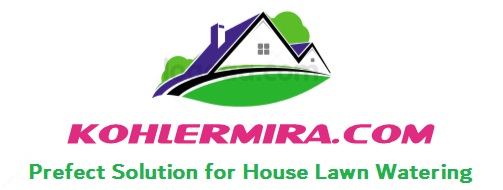How to Create and Sell Your First NFT
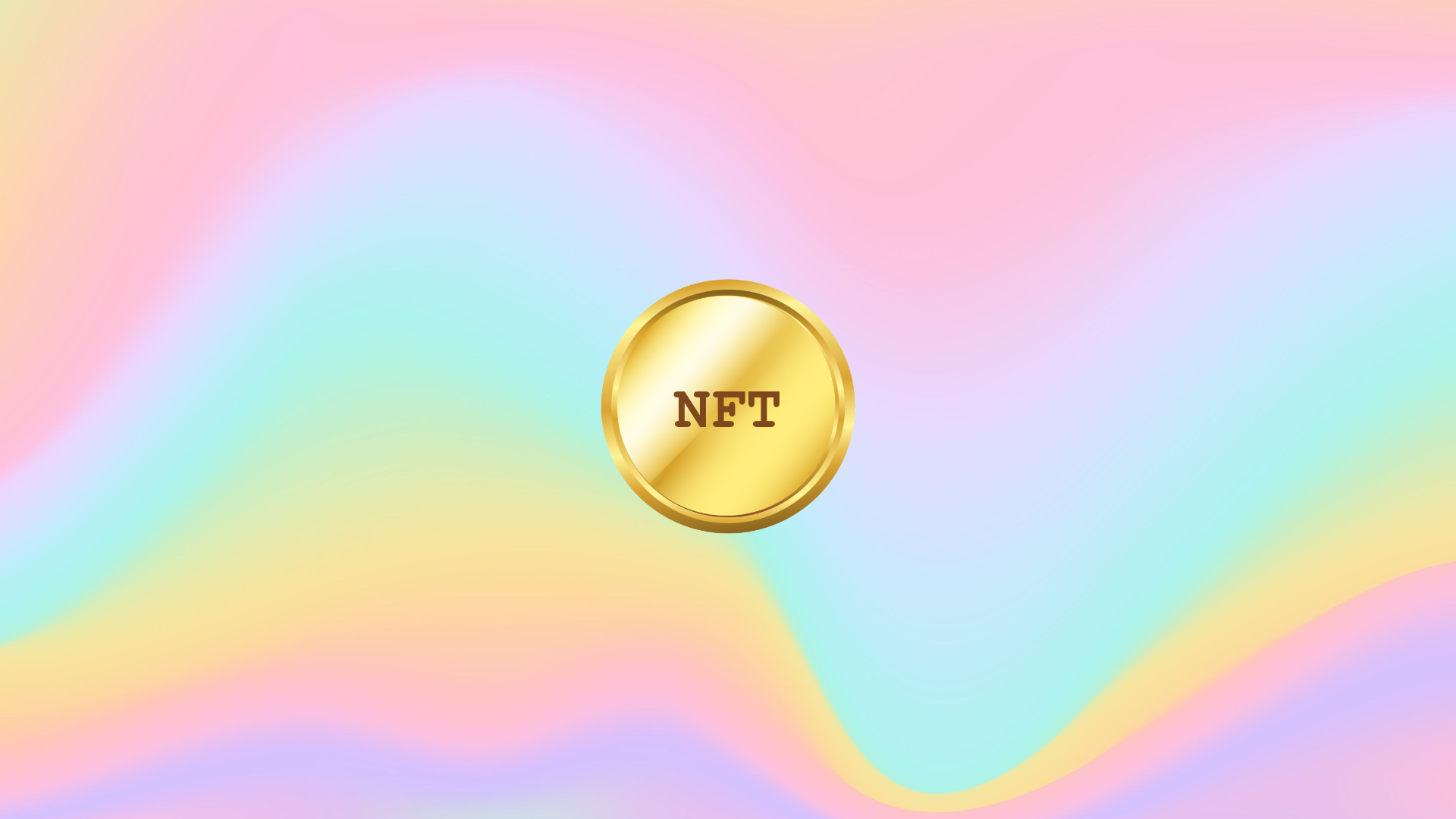
A GIF file recently sold for $600,000 at auction. If that comes as a shock, then it might be time to reconsider your definition of fine art and begin to explore the world of crypto and NFTs.
Digital art is undergoing a renaissance and in this article we'll cover everything you need to know to start creating and selling your own art on the blockchain.
What is an NFT?
NFT stands for Non-Fungible Token. It's an alienesque term that I don't like saying aloud, but you can think of it as a digital certificate of authenticity. In real life - classic works of art, antiques, and other historical items are often sold at auctions with a receipt certifying that they are genuine.
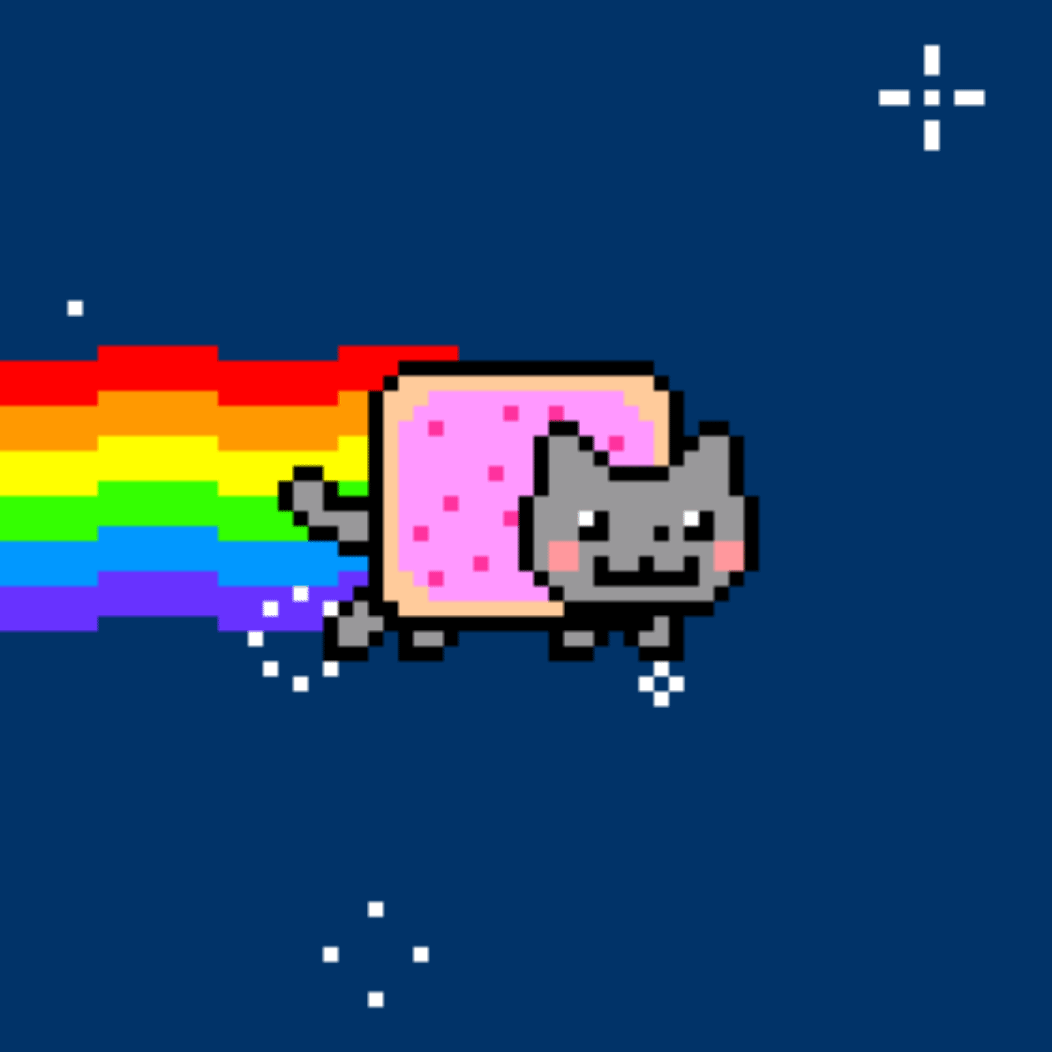 The historic Nyan Cat was turned into an NFT and sold for $600,000
The historic Nyan Cat was turned into an NFT and sold for $600,000
NFTs serve the same purpose but for digital items. They allow GIFs, videos, jpegs, mp3s, and just about any other file format to be certified as one-of-a-kind. This technology enables a new kind of "ownership" for digital files that wasn't previously possible. NFTs can be purchased, collected, sold, and even destroyed just like physical items. Thanks to the blockchain, they come with a transparent transaction and pricing history visible to anyone with an internet connection.
The process of turning your work into an NFT is known as "minting" which refers to the act of creating a new token on the Blockchain that will forever be attached to that content. When an artist mints a new NFT, they attach a built-in commision (usually 10-30%) that they will receive any time that work is resold in the future.
Can my content be an NFT?
Probably.
We're living in the wild west of NFTs where almost anything goes. Digital art, songs, memes, recipes, and even entire startups are currently listed for sale on NFT marketplaces. There are currently very few restrictions as to what kind of content can be "tokenized" and turned into an NFT.
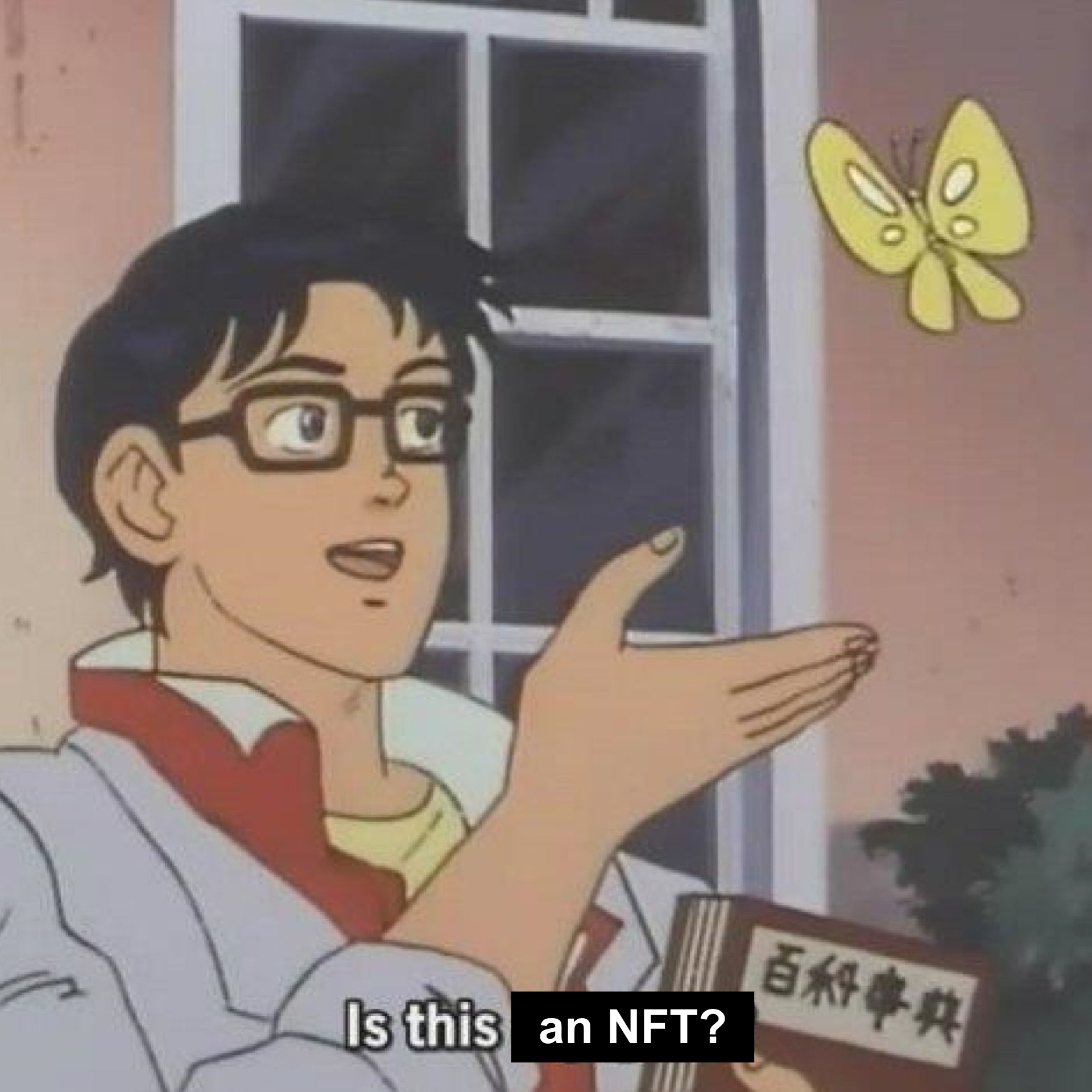 This meme about NFTs could easily be sold as an NFT
This meme about NFTs could easily be sold as an NFT
The technology is still in its infancy making this a great time to experiment with the medium for your own work as the market and demand for digital art continues to grow. One rule that should go without saying is to avoid turning copyrighted content or assets into NFTs.
What do I need to start creating NFTs?
You don't need an extensive knowledge of crypto to create an NFT, but there are a few tools required to get started like a crypto wallet and Ethereum. If these terms aren't familiar - that's okay. You can get everything setup in just a few minutes from your phone.
In this section I'll provide step-by-step instructions to set up a crypto wallet, purchase ETH, and connect your wallet to an NFT marketplace.
1. Set up an Ethereum Wallet
2. Purchase a small amount of Ethereum
3. Connect your wallet to an NFT Marketplace
Step 1: Set up an Ethereum Wallet
The first step in your NFT journey is to create a digital wallet where you'll securely store the crypto currency that is used to buy, sell, and create NFTs. The wallet also allows you to safely sign in and create accounts on NFT marketplaces.
There are hundreds of platforms that provide free wallets for storing cryptocurrency and all of the options laid out below are guaranteed to work with most major NFT marketplaces and blockchain apps.
Coinbase Wallet
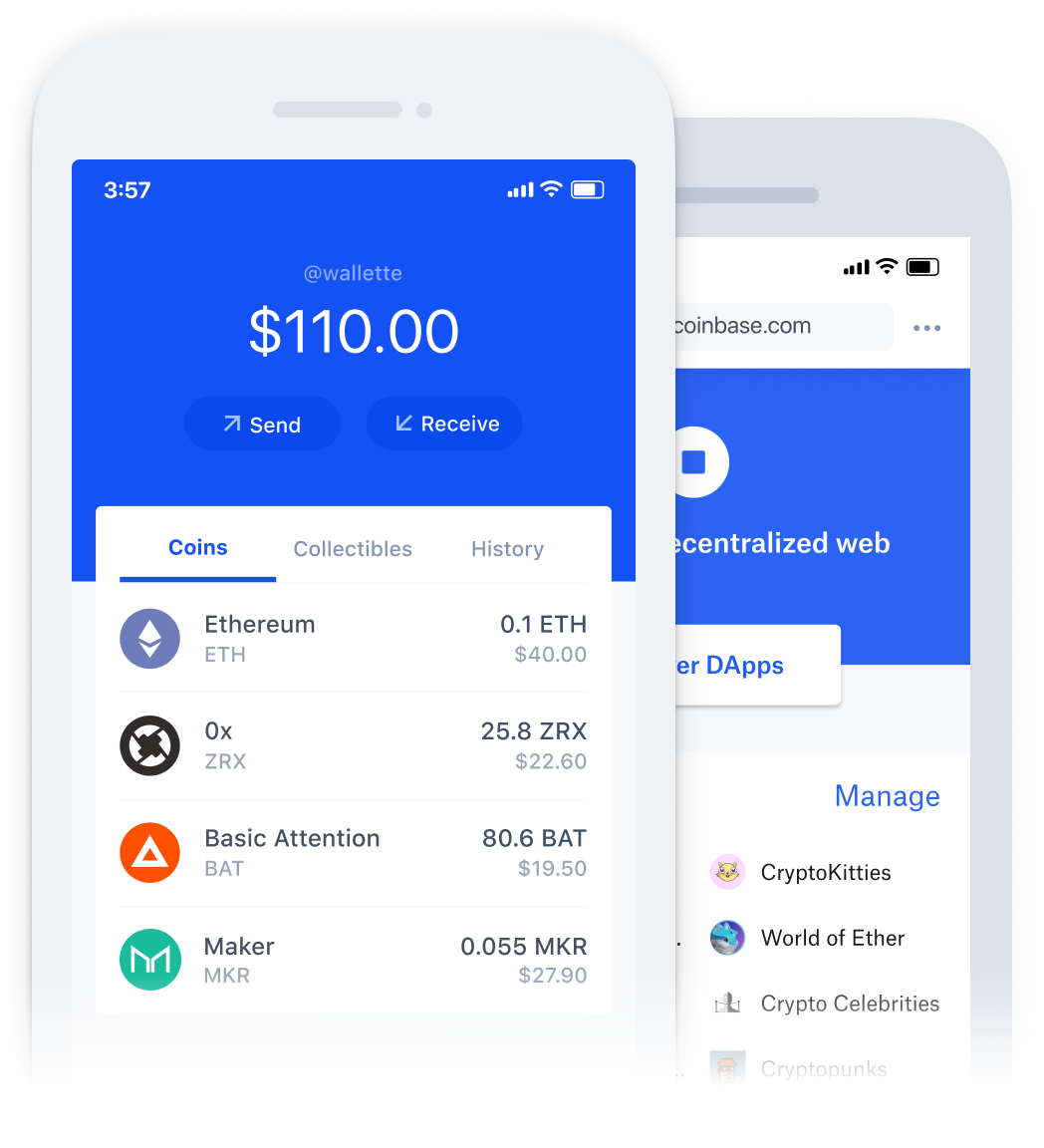 The Coinbase wallet is a great solution for beginners
The Coinbase wallet is a great solution for beginners
Coinbase is one of the largest cryptocurrency exchanges online today and their wallet is a great option for those new to the world of virtual money. Coinbase was the first platform I ever used to buy cryptocurrency and I standby how simple it is to get started here.
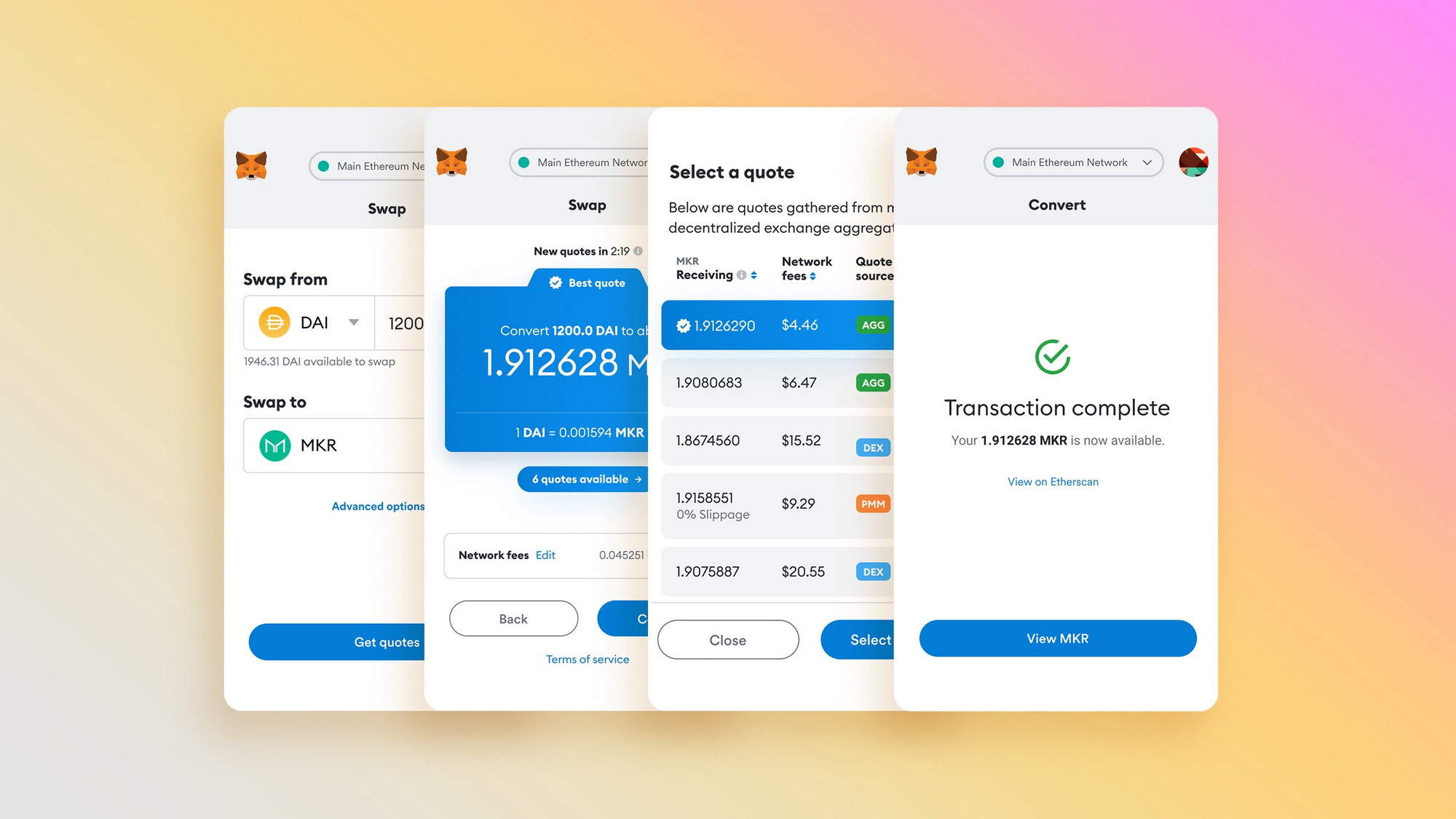 The Metamask wallet is available as a browser extension and mobile app
The Metamask wallet is available as a browser extension and mobile app
Metamask is a wallet used by more than one million crypto enthusiasts across the world. The wallet connects easily with most crypto apps and NFT marketplaces, and is available as both a browser extensions and mobile app on iOS and Android. Metamask also simplifies the process of purchasing crypto so you don't have to use other apps to buy coins.
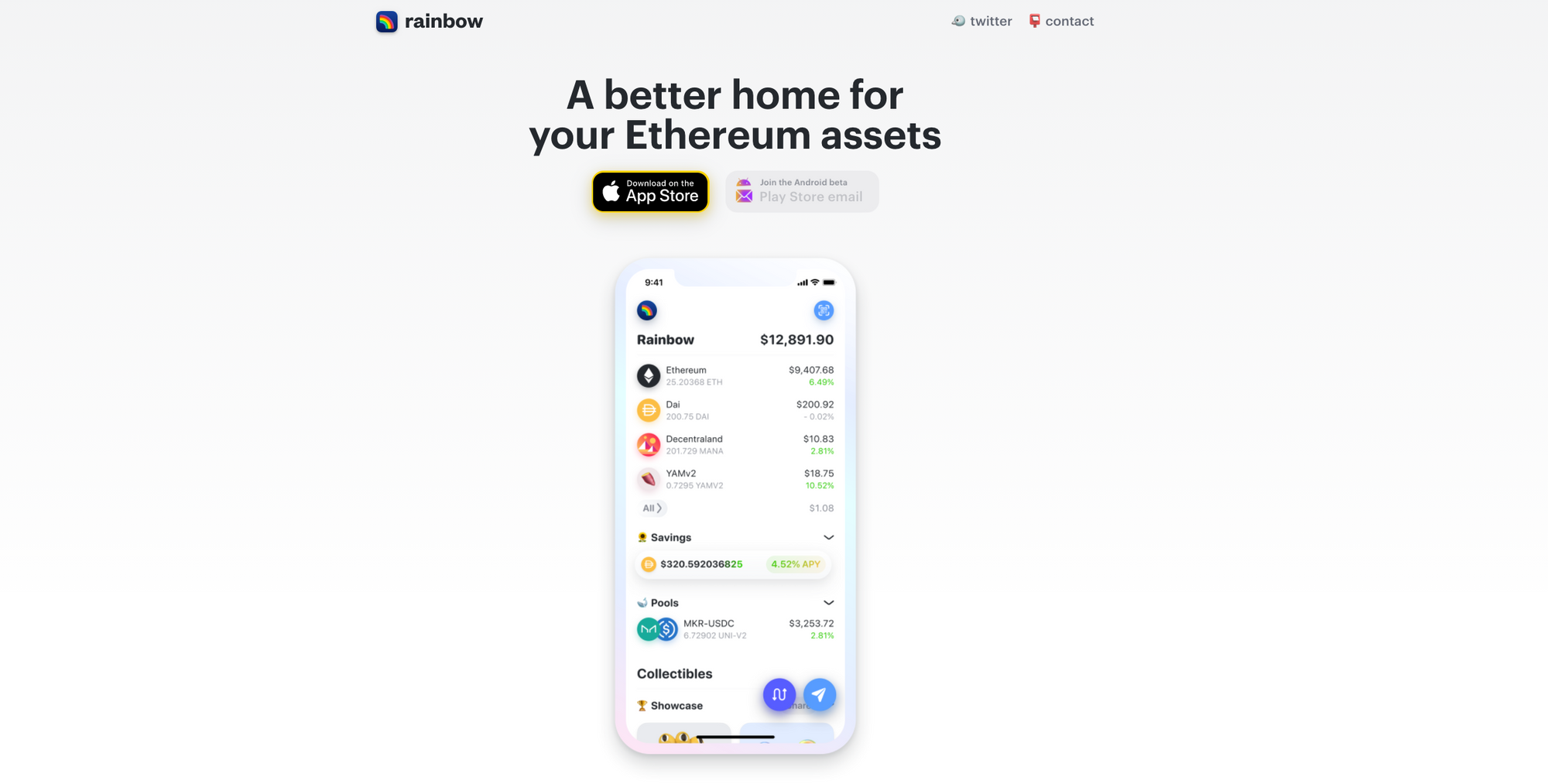 The Rainbow wallet is currently available on iOS and Android
The Rainbow wallet is currently available on iOS and Android
A relatively new wallet, Rainbow is made with Ethereum assets in mind. That means you can't store your bitcoin here, but that won't be a problem for NFTs. I love the beautiful design of this wallet and the way it allows you to easily showcase your NFT collection. On iOS, Rainbow makes buying Ethereum as easy as using Apple Pay.
Step 2: Purchase a small amount of Ethereum
On most major digital art marketplaces, there are fees associated with turning your content into an NFT. I'll speak more on that later, but in the meantime, you'll need to purchase some Ethereum (ETH) to cover the costs of creating your first NFT.
 The payment screen in the Rainbow Ethereum Wallet
The payment screen in the Rainbow Ethereum Wallet
The price of Ethereum fluctuates from second to second and can be difficult to get track of. The easiest way to get started is by choosing a dollar amount you are willing to invest and purchasing exactly that much Ethereum. The Rainbow and MetaMask wallets mentioned above both allow you to purchase crypto right inside your wallet. Coinbase Wallet requires you to make the purchase from a separate exchange and transfer it to your wallet.
Step 3: Connect your wallet to an NFT Marketplace
Once your wallet is setup and you've purchased some ETH, it's time to choose a marketplace where you want to create an NFT and list your work. For creators just getting started with NFTs, I'd suggest listing your work on Rarible first as the site had the easiest and most straightforward setup of any I tried in my testing.
To connect your wallet to Rarible, head over to the site then click the Connect button in the top right corner of the screen.
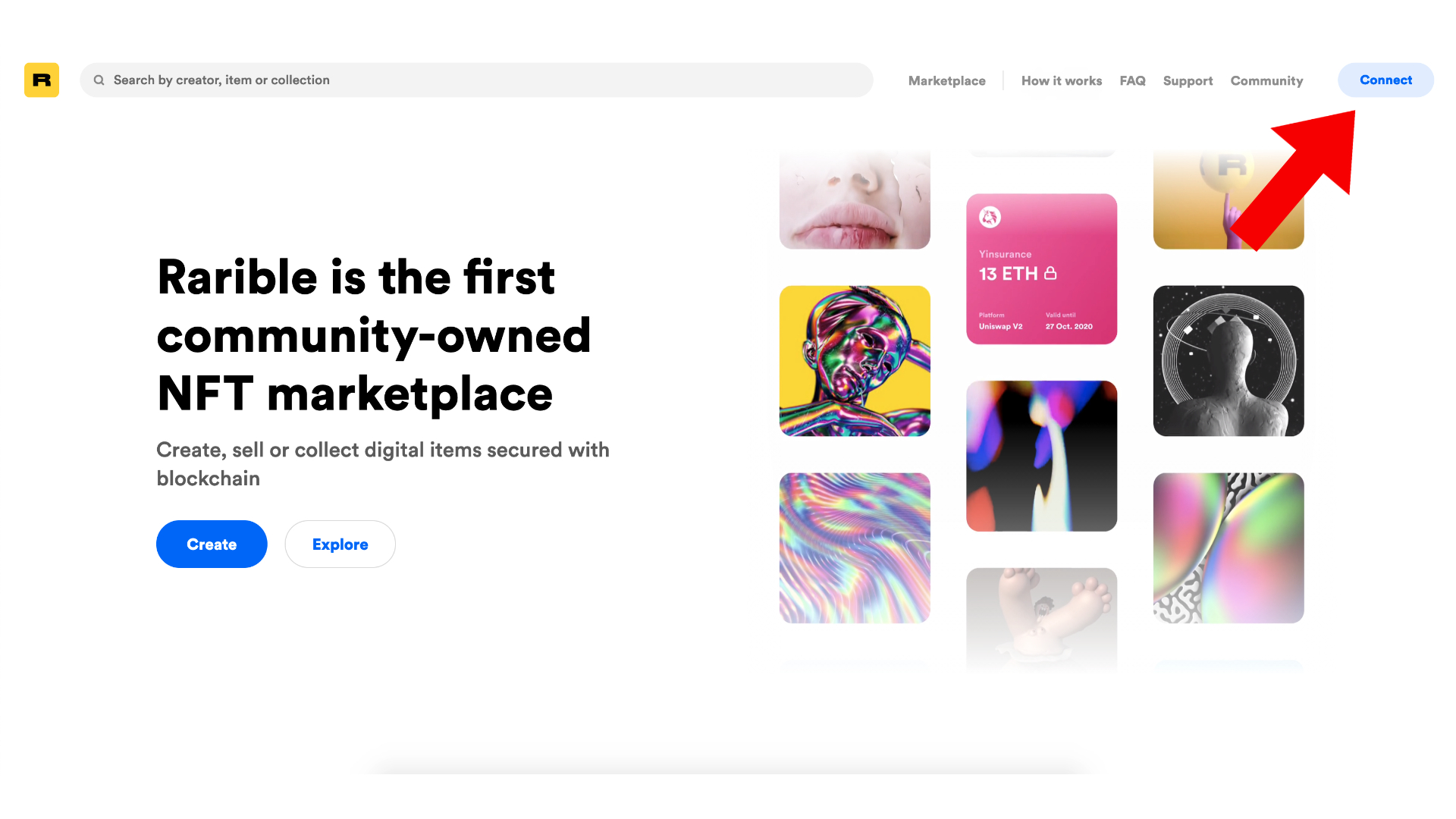 The connect button is visible from the first moment you visit Rarible
The connect button is visible from the first moment you visit Rarible
From the next screen, select the WalletConnect option if you're using the Rainbow or Metamask wallets. Click on WalletLink if you are using Coinbase Wallet. Many other wallets are also supported by these connection options, so it's worth researching each to see if your preferred wallet is usable.
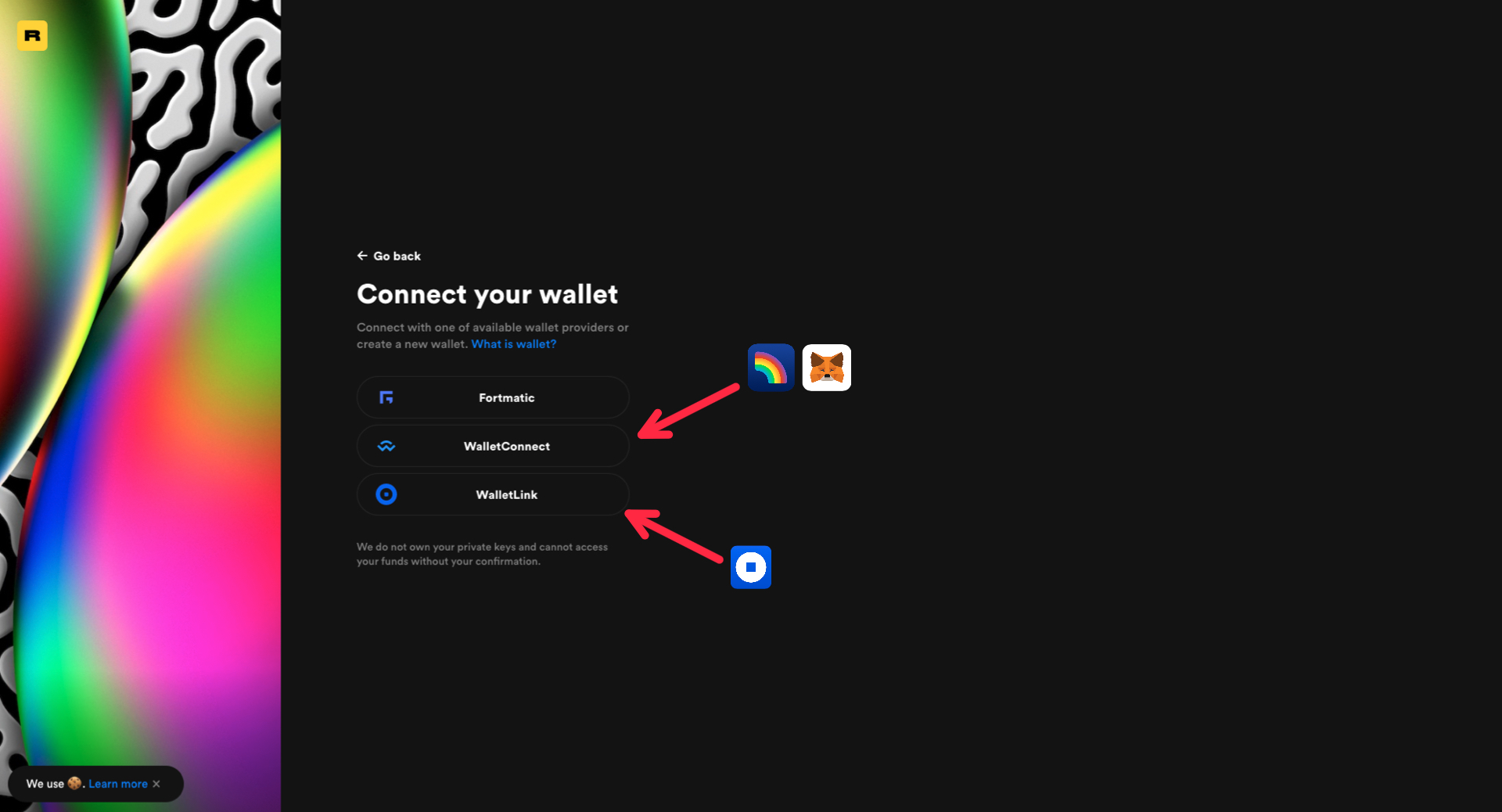 Your connection option will depend on which wallet you're using
Your connection option will depend on which wallet you're using
No matter which wallet you are using, the next step is roughly the same. After selecting your connection option, a QR code will appear on screen. Use your wallet app to scan this code. Once you've scanned the code, confirm that you'd like to connect your wallet to Rarible.
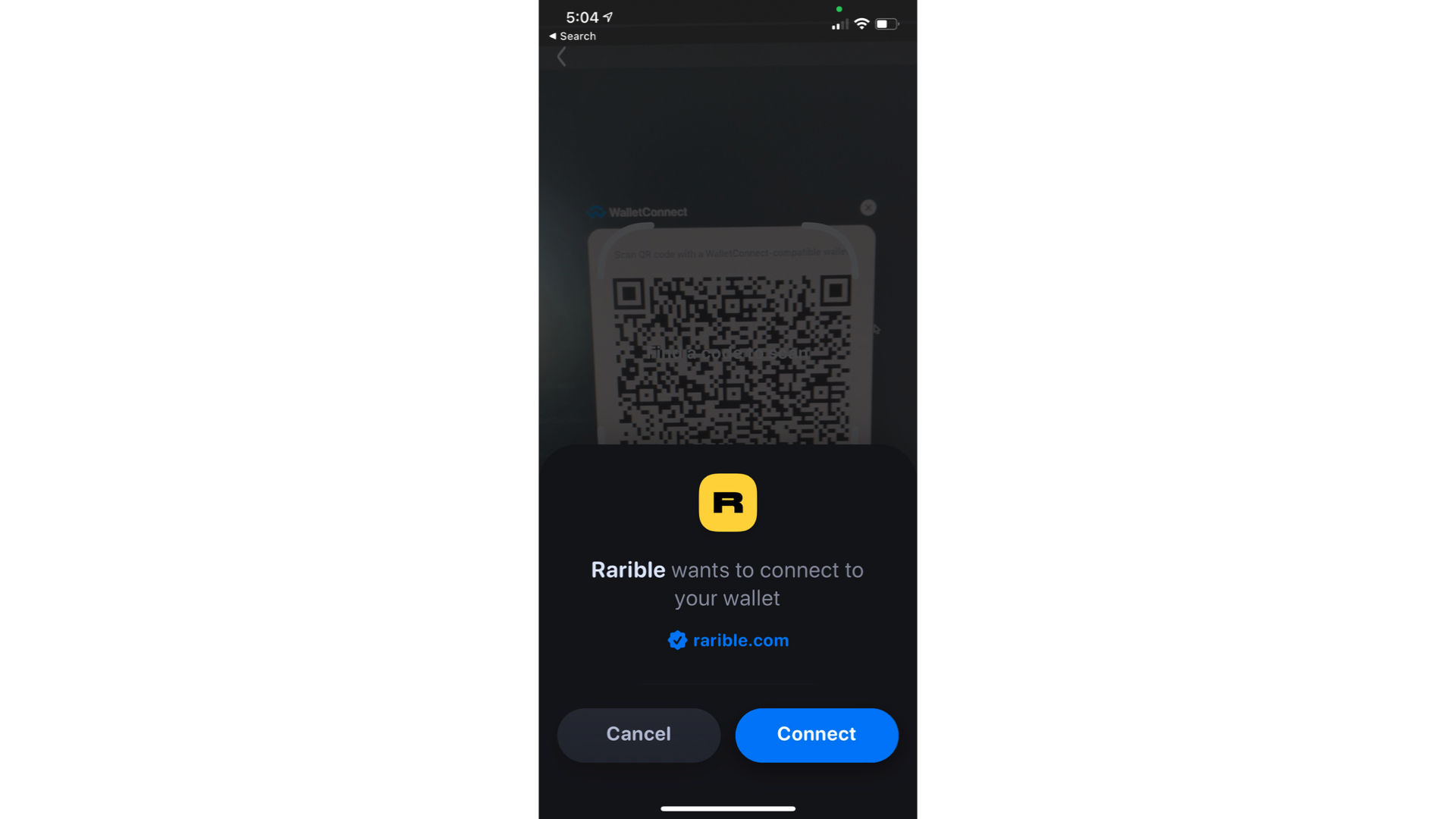 Scan the QR code in your wallet app and tap connect to get started on Rarible
Scan the QR code in your wallet app and tap connect to get started on Rarible
This is a secure connection and Rarible will always force you to confirm purchases with your wallet app before moving forward with anything. After connecting a wallet, your Rarible account is instantly generated. You now have everything you need to create, mint, and sell your first NFT.
Where can I sell NFTs?
New NFT marketplaces are sprouting up on a daily basis as hype around the technology continues to mount. In this section, we'll go over several of the largest marketplaces online and discuss the unique focus of each one to help you make a more informed decision about where to list your first NFT.
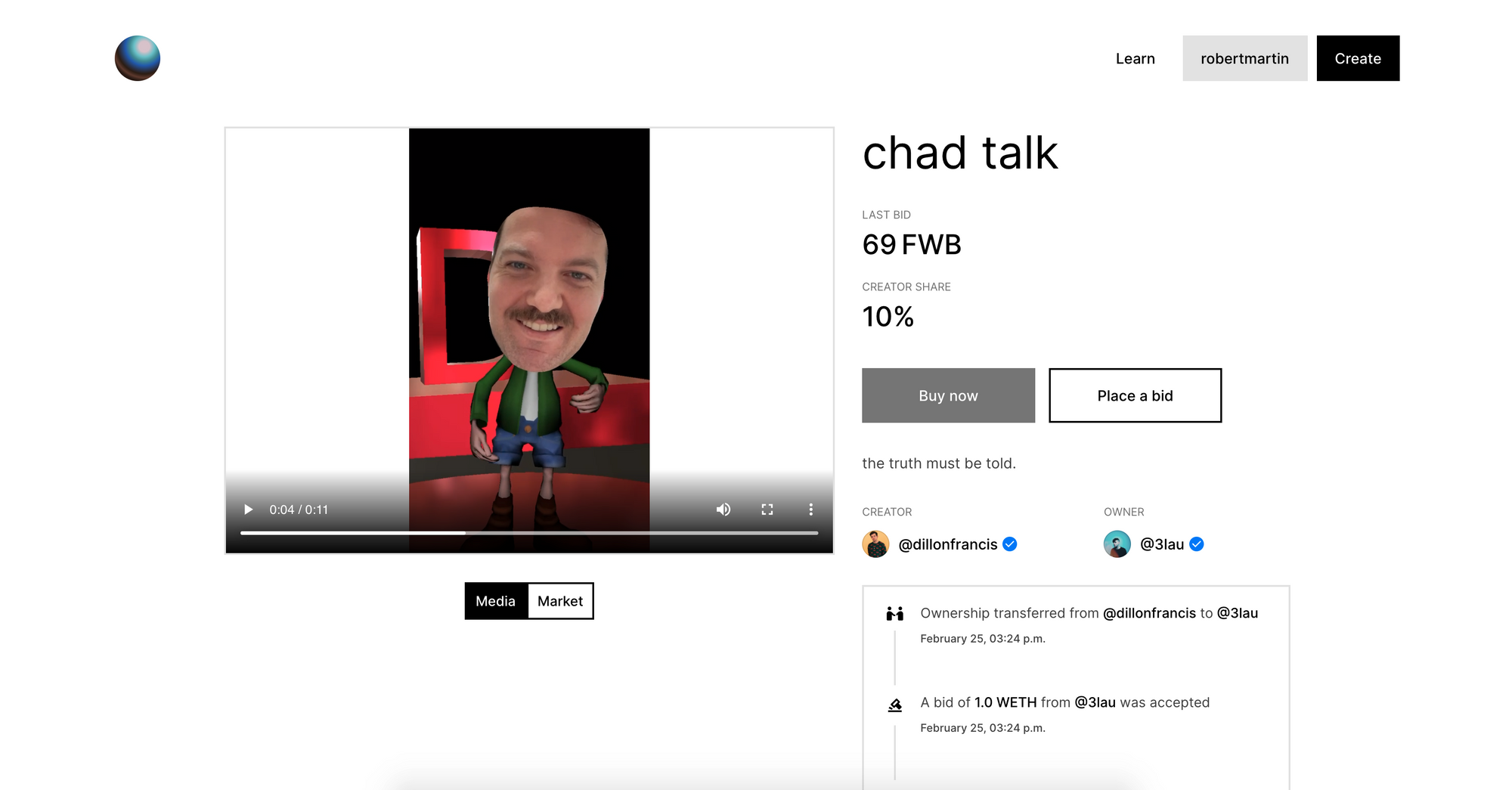 An piece sold by EDM artist Dillon Francis on Zora
An piece sold by EDM artist Dillon Francis on Zora
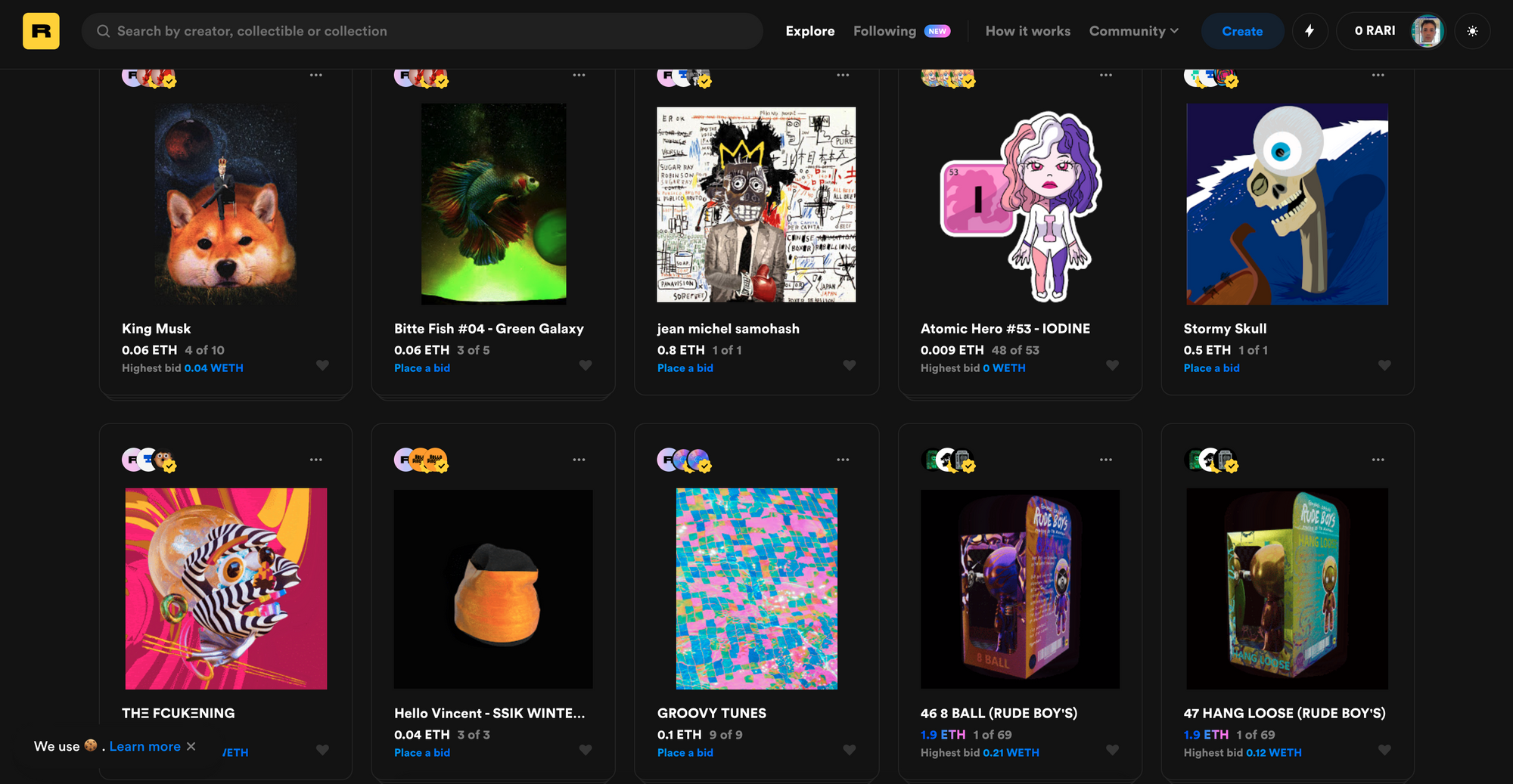 A selection of works on the Rarible marketplace
A selection of works on the Rarible marketplace
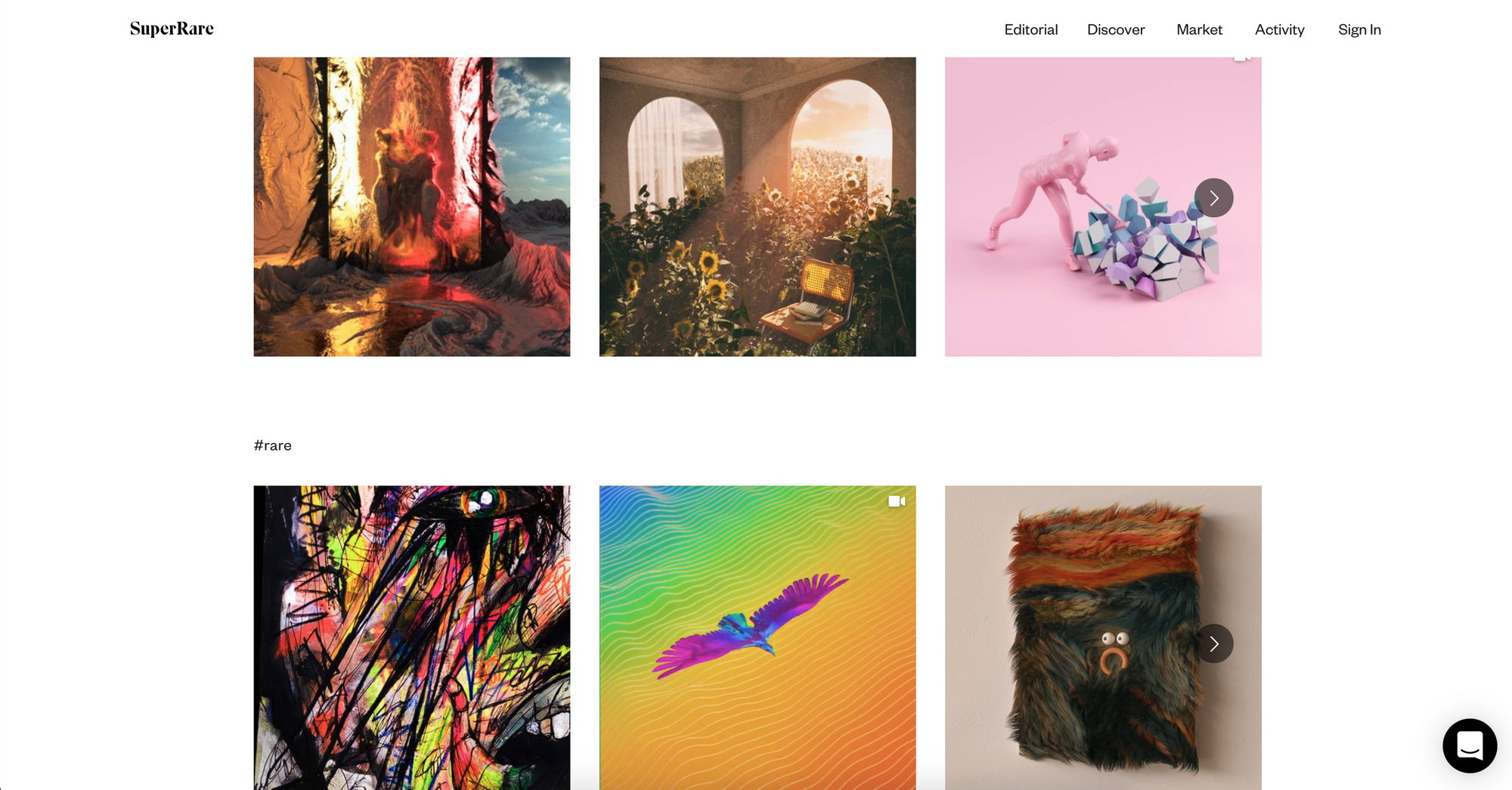 SuperRare gears itself toward digital artists
SuperRare gears itself toward digital artists
SuperRare prides itself on being the NFT marketplace for digital artists. You won't find memes, text posts, or simple sound effects for sale here. SuperRare's collection is highly curated and the team has intentionally been slow to onboard new creators to the platform. The result is browsing SuperRare feels like stepping into an elite digital gallery. The site has a stunning selection of NFTs reflecting thousands of hours of artist effort. Prices can get pretty steep and new creators only accepted with an application.
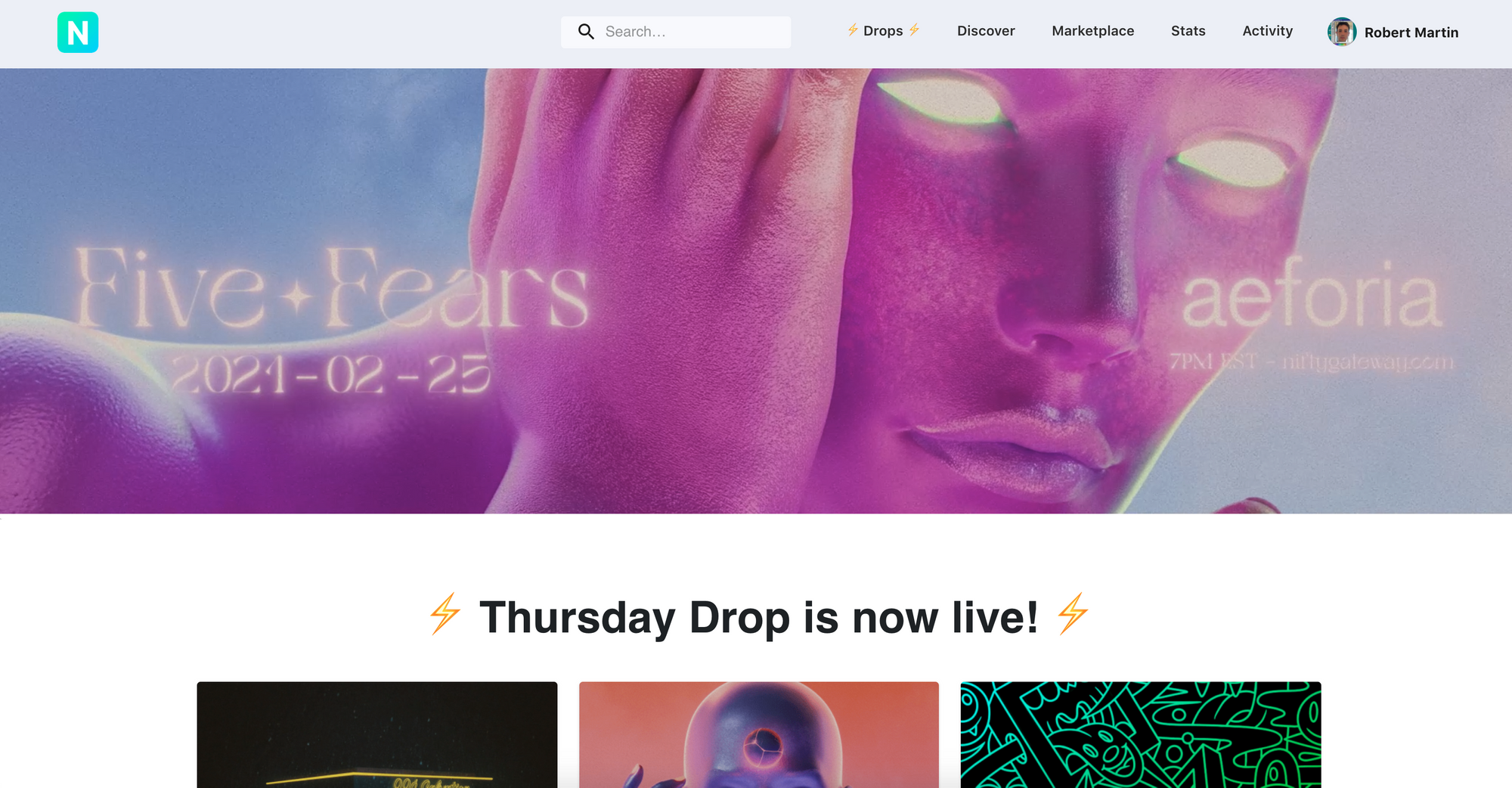 Nifty Gateway focuses on daily NFT drops that promote fomo
Nifty Gateway focuses on daily NFT drops that promote fomo
How do I make an NFT?
Step 1: Make a Digital Art File for your NFT
There's no singular technique for creating a piece of art that can be used as an NFT. If the file you create is supported by the marketplace where you're listing the content, then it's going to work as an NFT.
This opens up a new world of possibility for the content you can monetize. Any image, TXT, JPG, PNG, MP3, or GIF can be an NFT on Zora or Rarible. Create a great meme? That can be an NFT. Produce a banger in your bedroom? There's an NFT. Construct a delicious recipe and have it saved as a txt file? N-F-T.
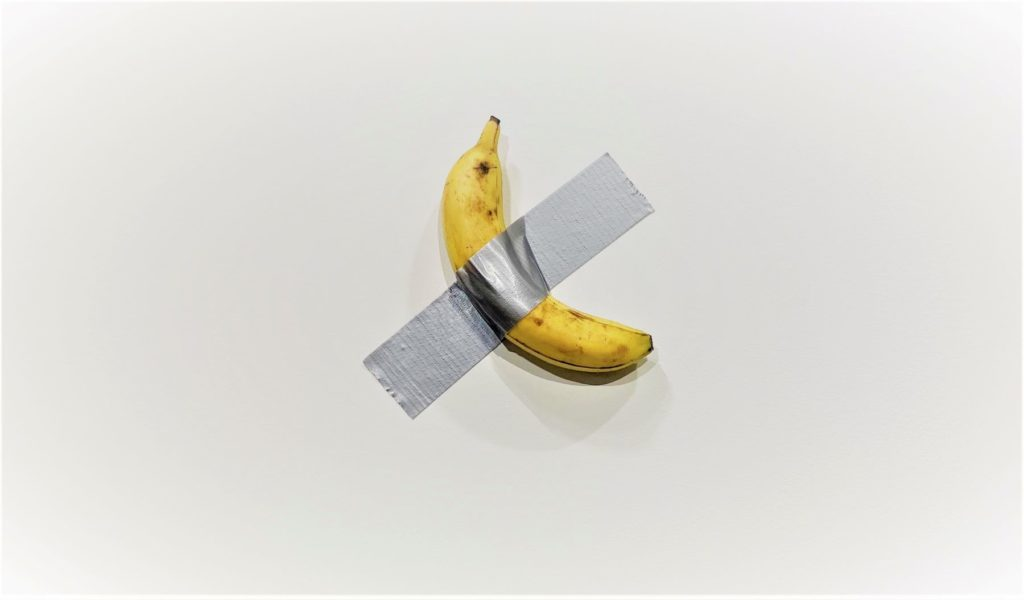 The Comedian by Maurizio Cattelan
The Comedian by Maurizio Cattelan
Inspired by artist Maurizio Cattelan's divisive 2019 piece "The Comedian," I used the Kapwing Studio Editor to create my first NFT in just a few minutes. Cattelan's piece consisting of a banana duct-taped to a wall sold for an astounding $120,000 at the Art Basel in Miami, and I figured a digital recreation could very well demand the same price on the blockchain.
I started by creating a 16:9 white canvas in Kapwing to serve as the wall in my rendition of the work. Next, I found a banana emoji and pasted it into the center of my canvas. Finally, I used the Images button in Kapwing to search for a PNG of duct tape and position it over the banana.
With my digital banana taped to my digital wall, I was ready to export my first piece and mint it as an NFT.
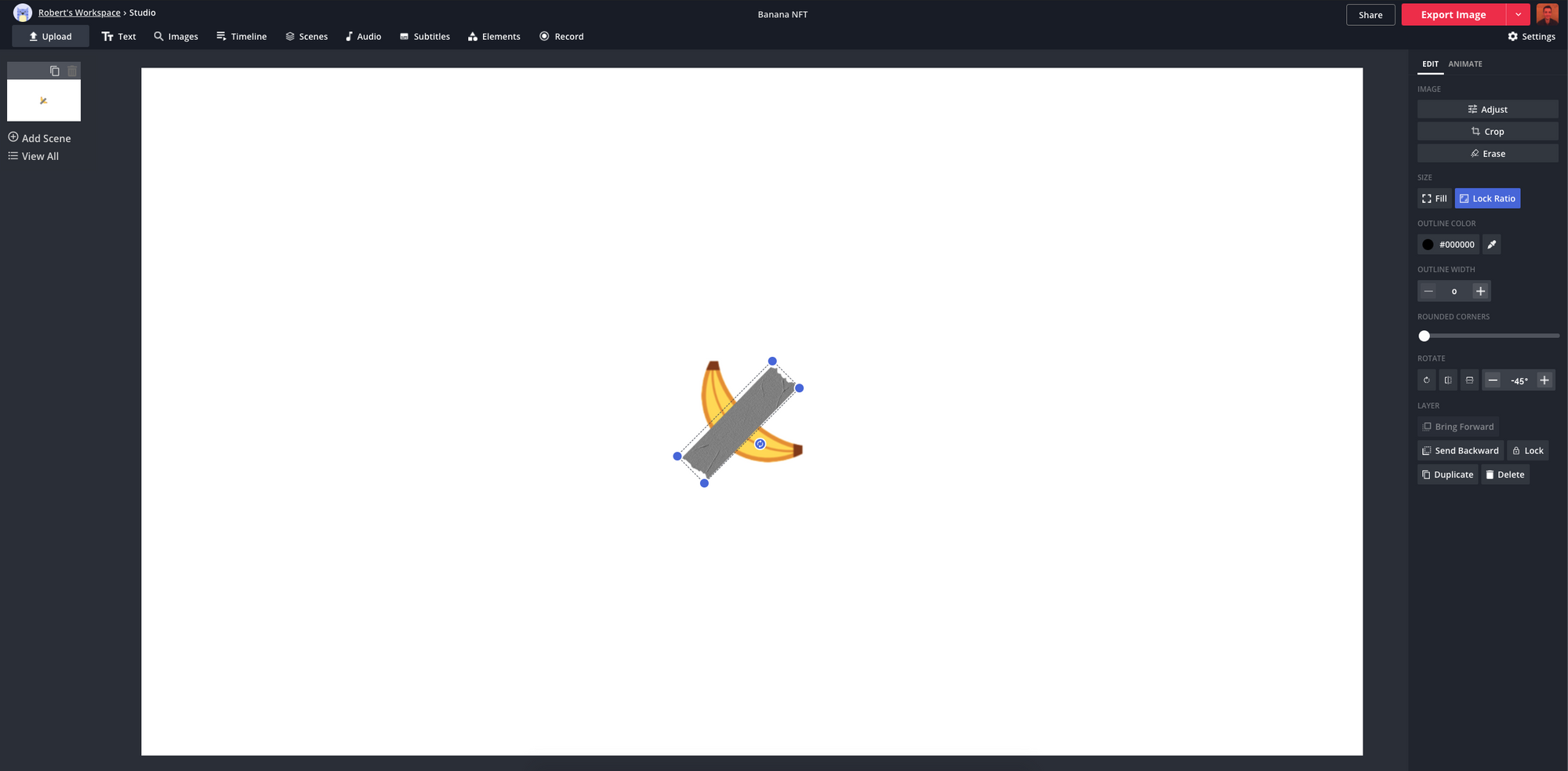 An exclusive look behind the scenes of the author's first NFT creation
An exclusive look behind the scenes of the author's first NFT creation
Step 2: Price your Art and List it on a Marketplace
Step 3: Wait for Bids
After you list your art, anyone can find it and place a bid for your NFT. For some reason, most platforms require creators to check back for bids and will not notify you when one comes in. A growing problem that will hopefully be solved in the weeks ahead.
 The activity feed in Rarible shows when one of your pieces has sold
The activity feed in Rarible shows when one of your pieces has sold
Discoverability varies widely across the major marketplaces, so you'll likely need to promote your listing yourself. Most NFT marketplaces (Rarible, Zora, SuperRare, etc) have a large associated Discord or community built around them that can help in your efforts.
Update: We made a step-by-step tutorial for this section on our YouTube Channel that you can watch below.
Why is it so expensive to create NFTs?
Turning a piece of content into an NFT requires a new one-of-a-kind digital coin to be minted on the blockchain. The creation of this coin requires a fairly complex computational task involving an entire network of computers.
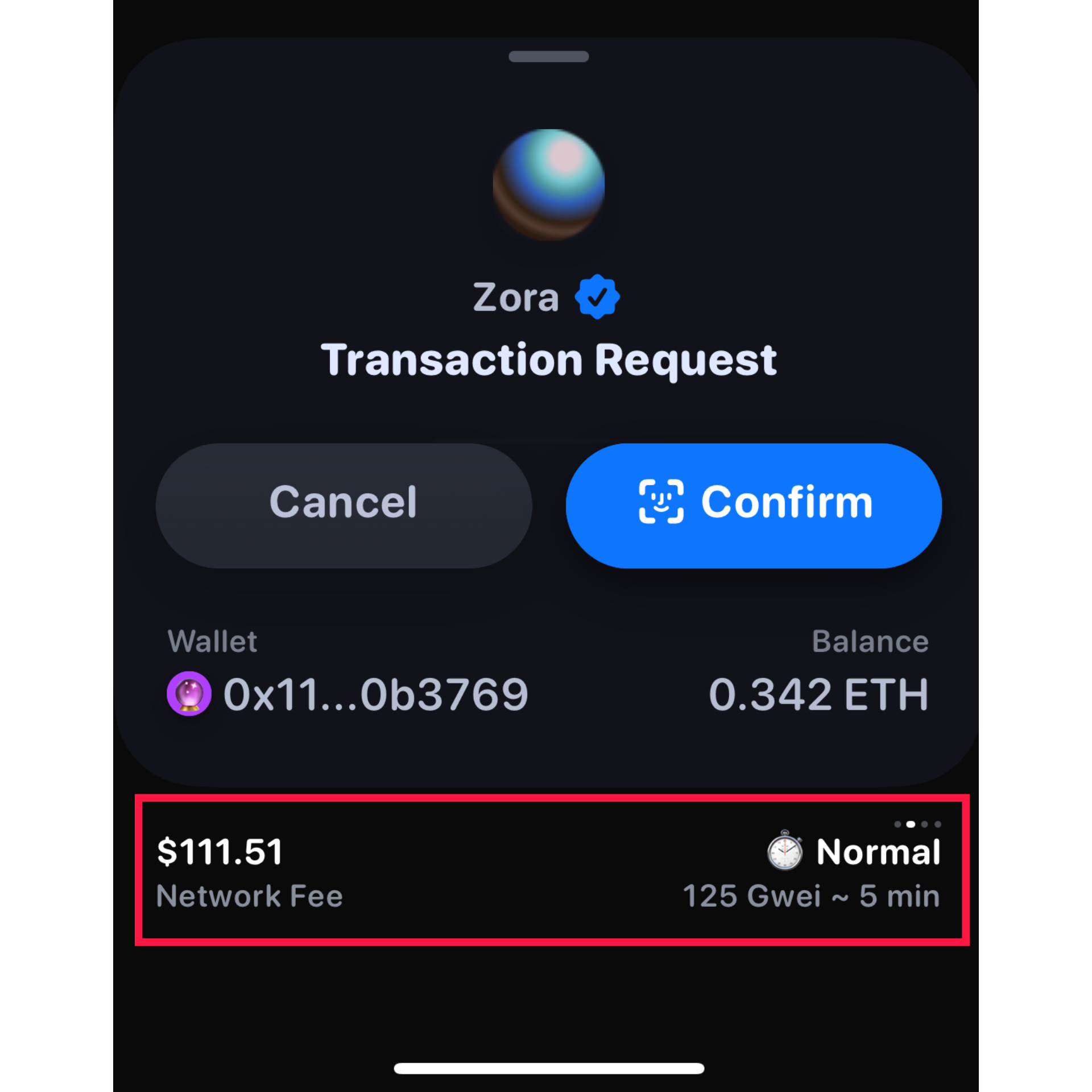 An example of a $111 gas fee to create a new NFT
An example of a $111 gas fee to create a new NFT
Using the Ethereum network to mint your NFTs comes with a "gas fee" for the energy and effort that goes into that computation. This metaphorical "gas fee" fluctuates every day and in some cases will cost more than the sale price of your work itself. Before choosing a platform to sell your NFTs on, I recommend using the NFT Gas Station tool from the team at Optimist. The site provides live estimates of gas fees on all major NFT marketplaces and there's currently no other tool like it.
 NFT
Gas Station provides live gas fee estimates from every major NFT
Marketplace
NFT
Gas Station provides live gas fee estimates from every major NFT
Marketplace
These frequently ludicrous fees are
problematic for the wider adoption of NFT technology and I hope to see them
ironed out over time. New funds that cover these fees for first time NFT
artists are already emerging and will continue to be essential as the
marketplaces explore more ways to reduce gas prices for creators.
There's so much more to say about NFTs, but we'll leave it here for now. We're excited to share more tutorials, tips, and advice in the weeks ahead as we continue diving deep down the crypto art rabbit hole. Keep up to date with us here or over on our YouTube channel where we'll be sharing more NFT guides soon. And if you're creating crypto art - we'd love to see it. Reach out anytime on Twitter or Instagram and show us your work!
Subscribe!

